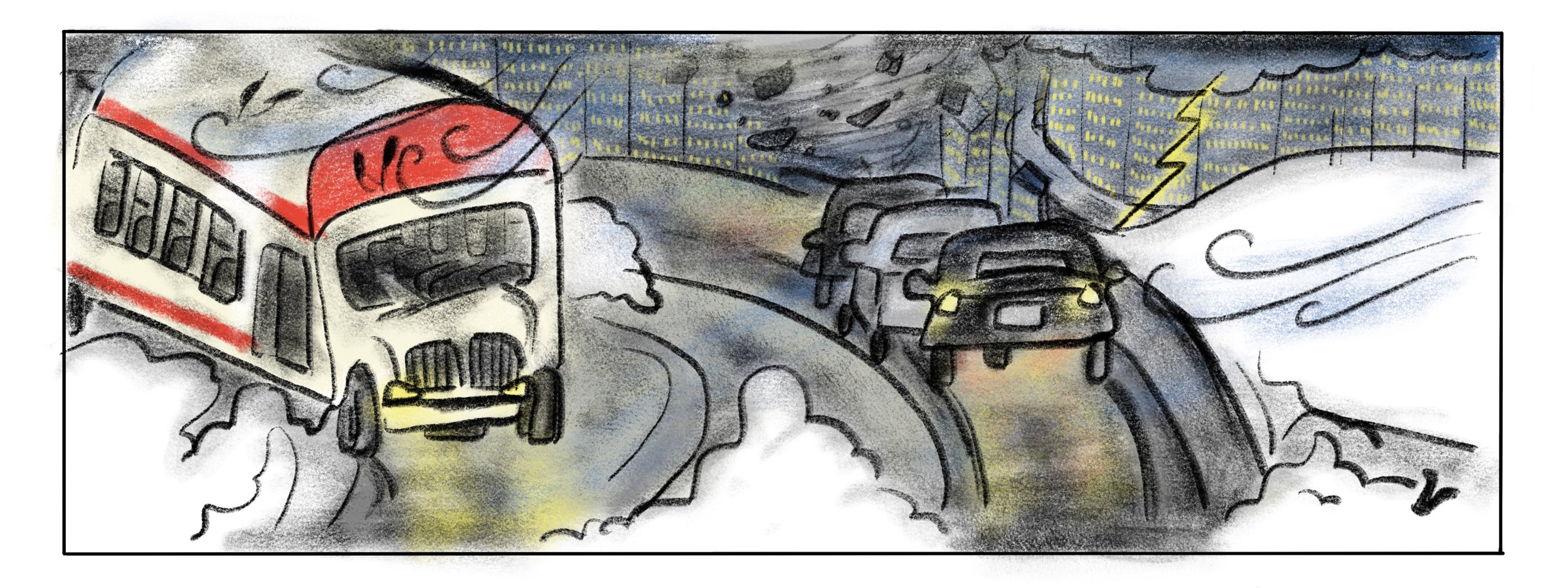2022-2023
Merrimack Valley
Winners
Middle School
Mika, a 6th grader from Westford, MA, is a Cool Science Winner. Congratulations Mika!
Megan, a 6th grader from Westford, MA, is a Cool Science Winner. Congratulations Megan!
High School
Nahyun, a 9th grader from Seoul, South Korea, is a Cool Science Winner. Congratulations Nahyun!
Madeline, a 11th grader from Lowell, MA, is a Cool Science Winner. Congratulations Madeline!
Yujia, a 9th grader from Arlington, MA, is a Cool Science Winner. Congratulations Yujia!
Caoilinn, a 11th grader from Lowell, MA, is a Cool Science Winner. Congratulations Caoilinn!
Merrimack Valley
Runner-Ups
Elementary School
Zoya, a 5th grader from Chelmsford, MA, is a Cool Science Runner-Up. Congratulations Zoya!
Middle School
Arya, a 6th grader from Westford, MA, is a Cool Science 2022-2023 Runner-Up. Congratulations Arya!
Rhea, a 6th grader from Westford, MA, is a Cool Science 2022-2023 Runner-Up. Congratulations Rhea!
Sidrah, a 6th grader from Westford, MA, is a Cool Science 2022-2023 Runner-Up. Congratulations Sidrah!
High School
Dylan, an 11th grader from Flushing Queens, New York, is a Cool Science 2022-2023 Runner-Up. Congratulations Dylan!
Supanun, a 12th grader from Thailand, is a Cool Science 2022-2023 Runner-Up. Congratulations Supanun!












